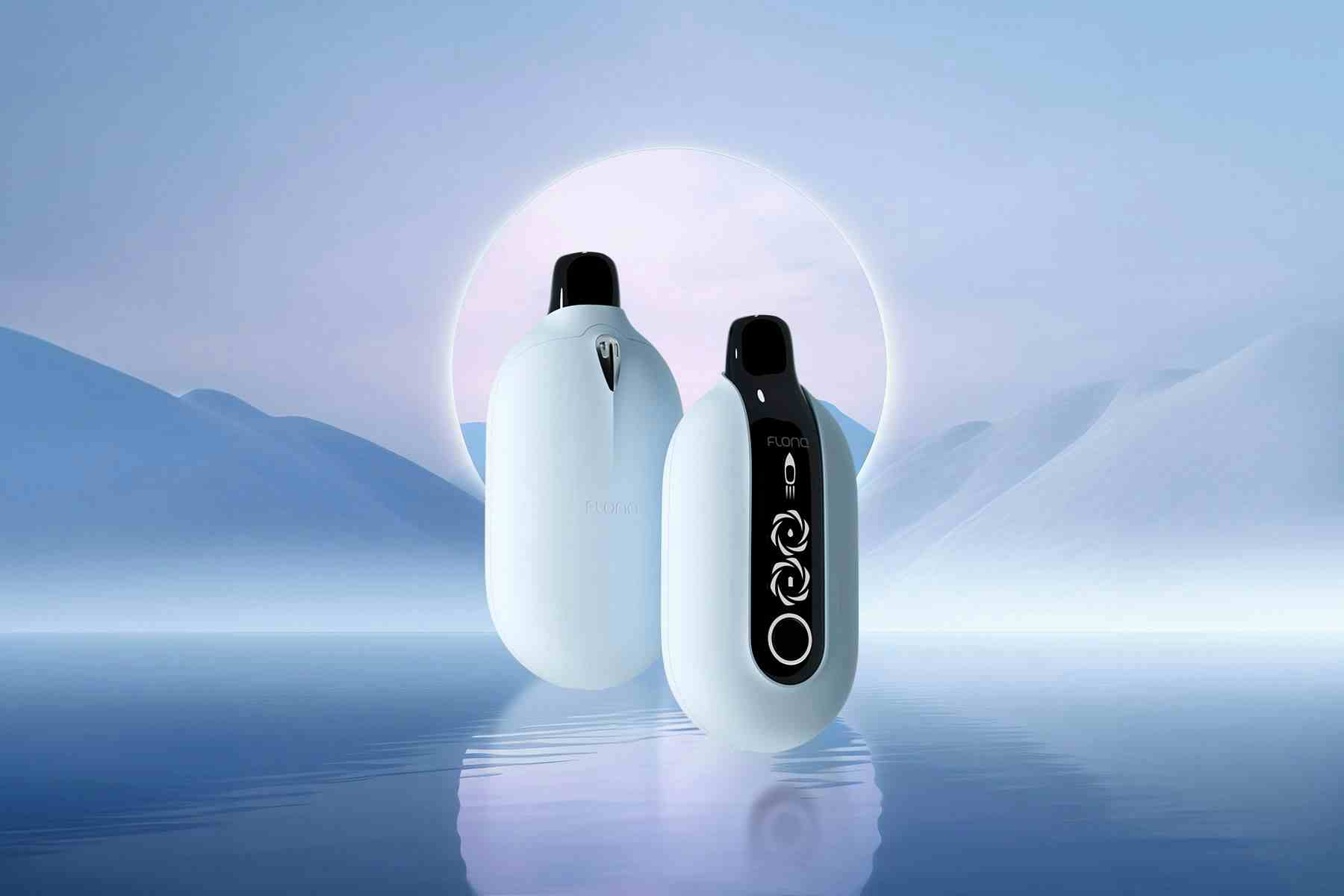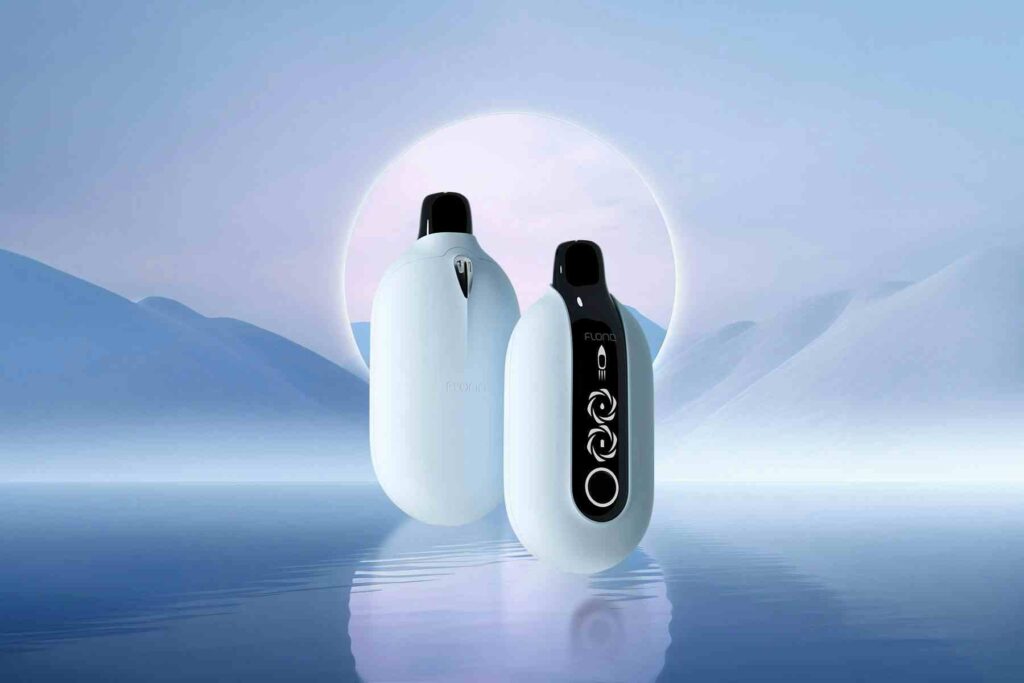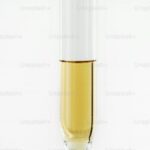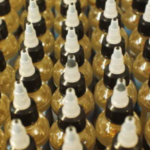How Vape Juice Sweetener Content Affects Performance
In recent years, vaping has surged in popularity as a safer alternative to traditional smoking. A key component of this experience is vape juice, where the sweetener content can significantly affect the performance and overall enjoyment. This article delves into the characteristics of sweeteners used in vape juices, user experiences, comparisons with competitive products, and the target audience analysis.
Product Characteristics
Vape juice sweeteners are primarily utilized to enhance the flavor profile of the liquid. Commonly used sweeteners include sucralose, ethyl maltol, and stevia. Depending on the concentration and type of sweetener, the vape juice can vary in quality, taste, and throat hit. Sucralose, for instance, is known for its intense sweetness, providing a candy-like flavor that can appeal to those who enjoy dessert-like profiles. Ethyl maltol, on the other hand, adds a cotton candy essence, making the vape juice smoother and more palatable.
User Experience
The sweetener content directly influences the overall vaping experience. Users who prefer sweeter flavors often report a more satisfying sensation and the impression of a more robust taste. However, over-sweetening can lead to a syrupy flavor that may overwhelm the natural notes of the base liquid. Additionally, excessive sweeteners can lead to coil gunking, which compromises the longevity of the device and impacts the flavor delivery. Therefore, the balance of sweetener content is critical in crafting an enjoyable vaping experience.
Competitive Product Comparison

When comparing vape juices with varying sweetener contents, it becomes evident that not all products are created equal. Brands like Naked 100 emphasize natural flavorings with minimal sweetener content, resulting in a more authentic and less cloying vaping experience. In contrast, brands focusing on dessert flavors, such as The Milkman, often use higher sweetener concentrations to appeal to a different demographic. The choices between these brands highlight the importance of understanding personal preferences and the implications of sweetener levels on performance.
Advantages and Disadvantages
The primary advantages of sweetened vape juices include improved flavor profiles and enhanced user satisfaction. Sweeteners such as sucralose offer a long-lasting sweetness, appealing particularly to those who favor dessert-inspired flavors. However, the disadvantages are notable as well; excessive sweeteners can cause buildup on coils, reduce the juice’s lifespan, and may lead to a less enjoyable vaping experience over time. Furthermore, some users may experience sensitivities or adverse reactions to certain artificial sweeteners, calling for careful consideration of ingredient lists.
Target User Group Analysis
The target demographic for sweetened vape juices largely consists of younger vapers and those transitioning from traditional smoking habits. This group tends to favor flavors that are reminiscent of candy, desserts, and fruity profiles, aligning with the use of higher sweetener concentrations. Conversely, seasoned vapers may gravitate toward brands with lower sweetener content for a more authentic taste and fewer maintenance issues related to their devices.
In conclusion, the sweetener content in vape juices plays a vital role in determining flavor, performance, and user satisfaction. Understanding the characteristics, experiences, and preferences of users can greatly enhance the vaping journey, allowing for informed choices in a crowded marketplace.





